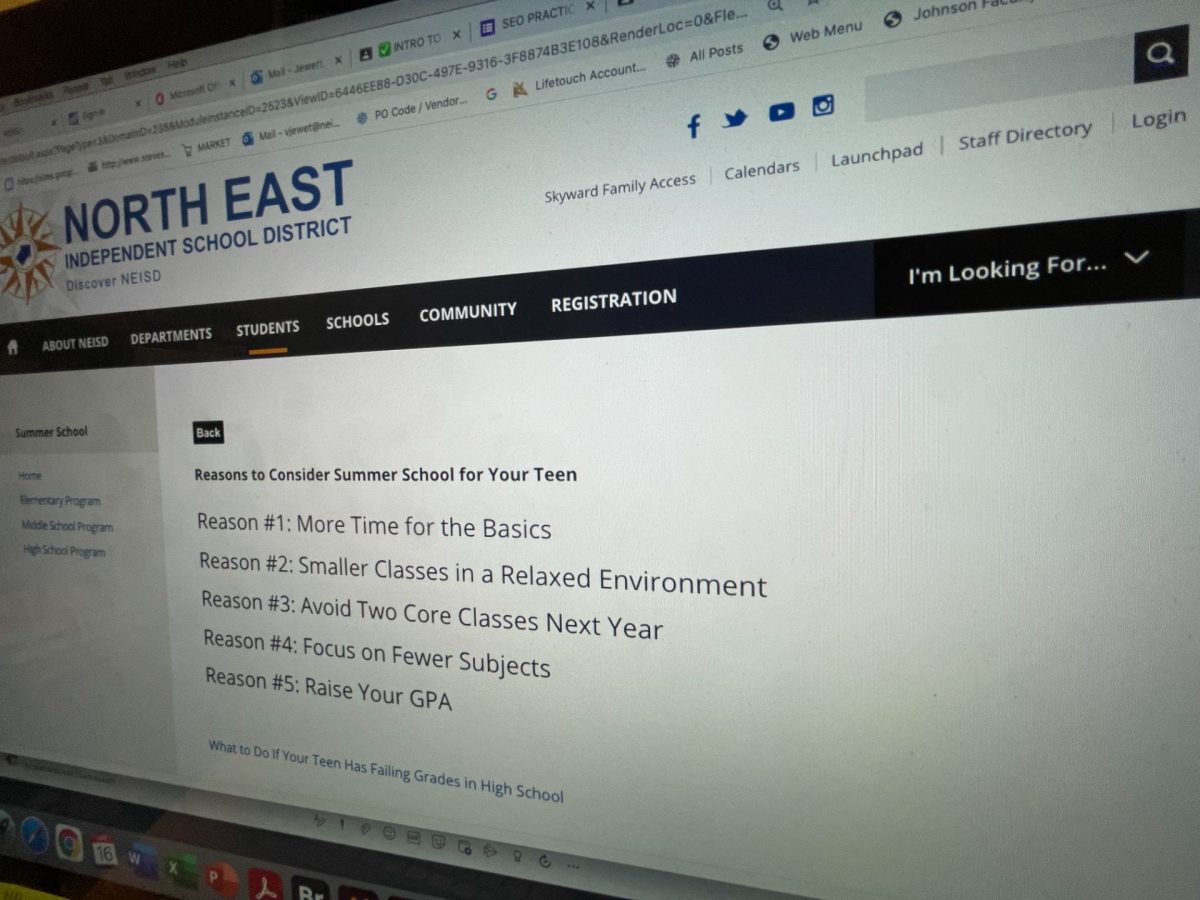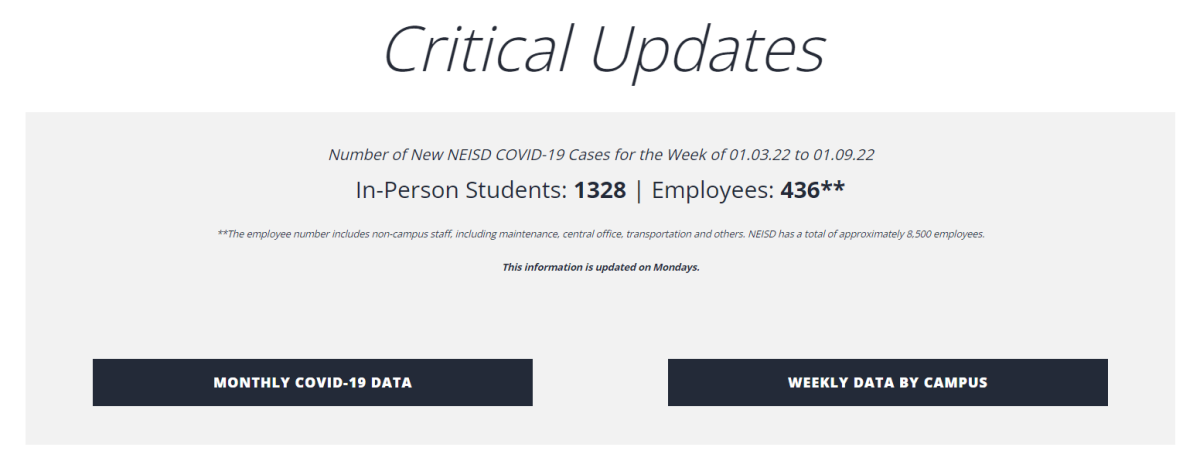by Monica Smith | staff writer
As more students begin to return back to campus for in-school learning, classrooms have also started to go back to their traditional functions despite a few changes to enforce social distancing protocols.
“We currently have about 980 students learning on campus,” principal Gary Comalander said. “Next week we will have between 1500-1700 students learning on-campus depending on how many stick with their request to return for Phases 4 and 5.”
For those wanting to receive face-to-face instruction, a Google form has been sent out to guardians for them to determine what phase they would like their student to go back to school.
“Like anything with choice, what is happening week by week can change a decision you made a month or two ago,” Comalander said. “We have sent out the surveys about every 2-3 weeks because we know decisions change as our environment and comfort level with what is happening changes.”
The confirmation to return back to school is never set-in-stone, as students can change their request based on where they would prefer learning.
“There is no problem with a student or parent changing their mind to stay virtual, but it is more difficult logistically when changing to in-person and being on campus,” Comalander said.
The shift is dramatically different compared to the beginning of the semester when there weren’t as many students going back to school in each Phase.
“Another challenge is working with all the students on the new expectations regarding masks, transition time in the hallways, and breakfast or lunchtime,” Comalander said.
With each phase, there is a limited number of students added to each classroom to moderate any potential Covid-19 cases.
“That’s really the only requirement for each phase and you can’t go over that limit in a class. At some point when we move to phase four, it’ll be 20 as a max per class,” Comalander said.
The number of Covid-19 cases in the northeast side of Bexar County is reported to be under five percent, prompting the move to phase 5.
“The positivity rate in the county is very good right now. When this started back in August it was up to 10 percent or a higher range,” Comalander said. “So it’s been steadily going down every week, anywhere from a half to a one percent. That’s been the biggest thing that they look at.”
With case positivity rates currently on the decline, classes are expected to return back to their full capacities.
“We are at the point in NEISD that we can allow any students that would like to return to school, return,” Comalander said. “For Johnson high-school and most of the NEISD schools, there is very little difference between the number of students saying they would return in Phase 4 compared to Phase 5. The difference is a couple of hundred which only is 2-3 students per class on average.”
Now, teachers will simultaneously be lecturing students through Zoom and also in-person.
“Not much different from when they walk around and you might be on the other side of class waiting for the teacher to get you,” Comalander said. “But now you are just waiting virtually for the teacher to come back and to ask your questions.
For students still choosing to do online classes and utilize asynchronous learning, nothing is expected to change.
“That is based on the Texas Education Agency — right now they say all schools have to provide an asynchronous environment for those that choose to stay virtual,” Comalander said. ”They could change their ruling — let’s say — come January, after Christmas, for the second semester if everyone is healthy in Texas they do not have to provide asynchronous learning.”
If a student purposefully chooses not to wear their mask or disregards any of the safety guidelines, they will get a single warning. If they continue to refuse to adhere, they will be sent back home to online school for however long the administration decides.
“It’s like the clear backpacks, it’s not really your choice. You come without one, you’re gonna take it down to the office and if that becomes a refusal then you have to deal with the consequences,” Comalander said. “It’s the same thing, you have to wear a mask when others are around.”








